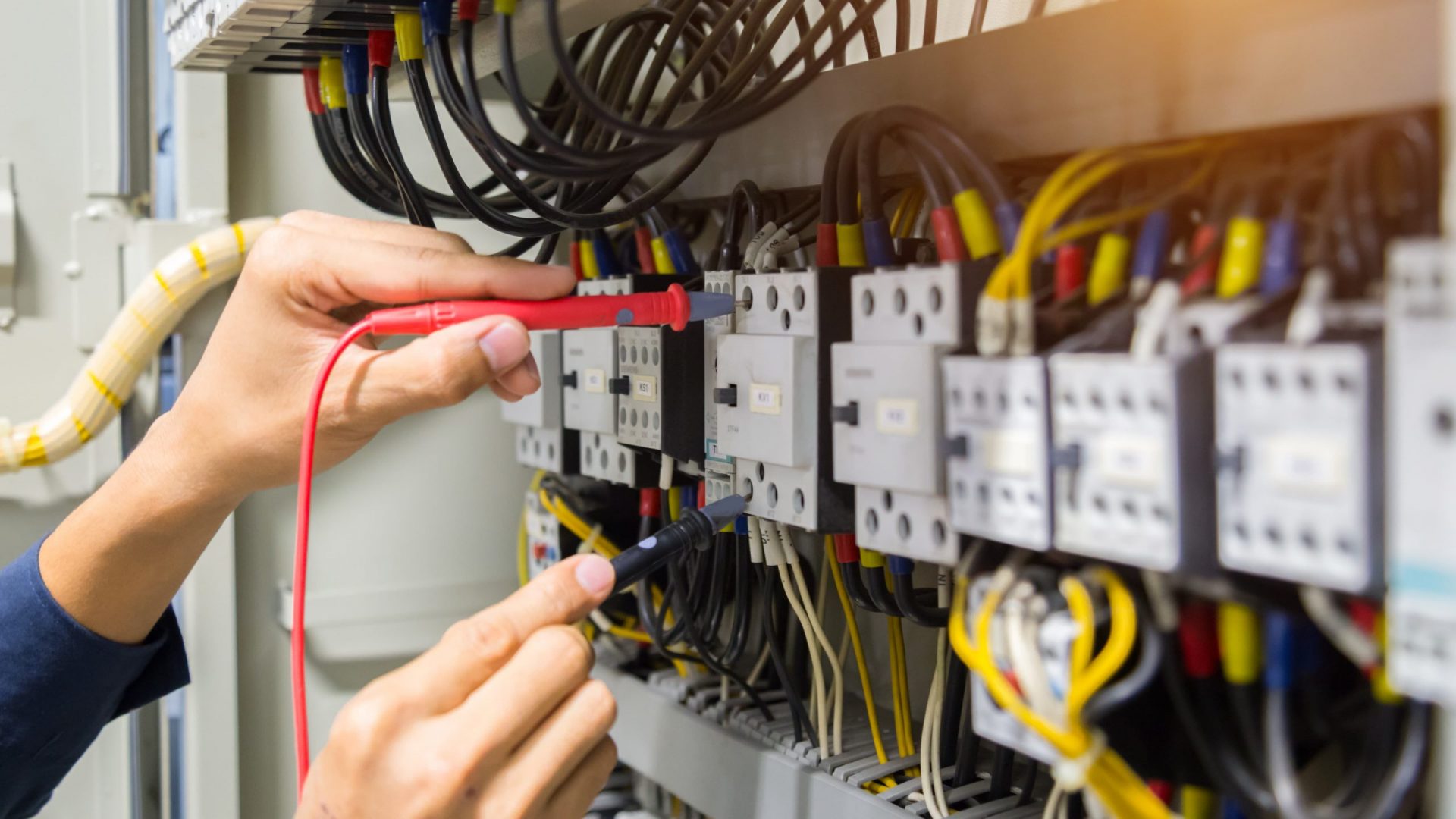Dentistry is both an art and a science. A dentist must not only have a deep understanding of the anatomy of the oral cavity but also possess artistic skills to create beautiful and functional smiles. In this article, we will explore the art and science of dentistry and how they work together to create healthy and aesthetically pleasing teeth. Finding a Trusted Dentist Chapel Hill NC is important for maintaining good oral health, and there are many qualified dental professionals in the area who can provide excellent care.
The Science of Dentistry
Dentistry is rooted in science. Dentists must have a comprehensive understanding of the anatomy and physiology of the oral cavity. They must also be knowledgeable in the latest techniques and technologies in dentistry. Dentists use this knowledge to diagnose and treat a wide range of dental issues, from cavities to periodontal disease.
The art of Dentistry
While the science of dentistry is important, the art of dentistry is what sets a great dentist apart from a good one. Dentists must be skilled in creating beautiful, natural-looking smiles that are also functional. A good dentist must consider the patient’s facial structure, skin tone, and other features to create a smile that is unique to the patient.
The Importance of Balancing Aesthetics and Functionality
One of the biggest challenges in dentistry is balancing aesthetics and functionality. While a beautiful smile is important, it is equally important to ensure that the teeth function properly. If a dentist focuses too much on aesthetics and neglects functionality, the patient may experience issues such as difficulty chewing or jaw pain. On the other hand, if a dentist focuses too much on functionality and neglects aesthetics, the patient may not be happy with the appearance of their smile.
To achieve the perfect balance between aesthetics and functionality, dentists use a variety of techniques and technologies. For example, dental implants are a great way to replace missing teeth while also improving the appearance of the smile. Similarly, braces and other orthodontic treatments can help align crooked teeth, improving both the appearance and functionality of the teeth.
The Role of Technology in Dentistry
Technology plays a crucial role in modern dentistry. From digital X-rays to 3D printing, technology has revolutionized the way dentists diagnose and treat dental issues. For example, digital X-rays are faster and more accurate than traditional X-rays, and 3D printing allows dentists to create custom-fitted dental appliances.
One of the most exciting advancements in dental technology is CAD/CAM technology. This technology allows dentists to create custom crowns, veneers, and other dental restorations in a single appointment. With CAD/CAM technology, patients no longer have to wait weeks for their restorations to be made in a dental lab. Instead, they can have their restorations made on-site while they wait.
The Importance of Regular Dental Check-Ups
While technology has improved the way dentists diagnose and treat dental issues, regular dental check-ups are still crucial for maintaining good oral health. During a dental check-up, the dentist will examine the teeth and gums for signs of decay, gum disease, and other issues. They may also perform a professional cleaning to remove plaque and tartar.
Regular dental check-ups are especially important for children. Children’s teeth are still developing, and regular dental check-ups can help identify and treat any issues early on. This can prevent more serious dental issues from developing later in life.
In conclusion, dentistry is both an art and a science. Dentists must have a deep understanding of the anatomy and physiology of the oral cavity, as well as artistic skills to create beautiful and functional smiles. Balancing aesthetics and functionality is crucial, and dentists use a variety of techniques and technologies to achieve this balance. Regular dental check-ups are crucial for maintaining good oral health, especially for children.




